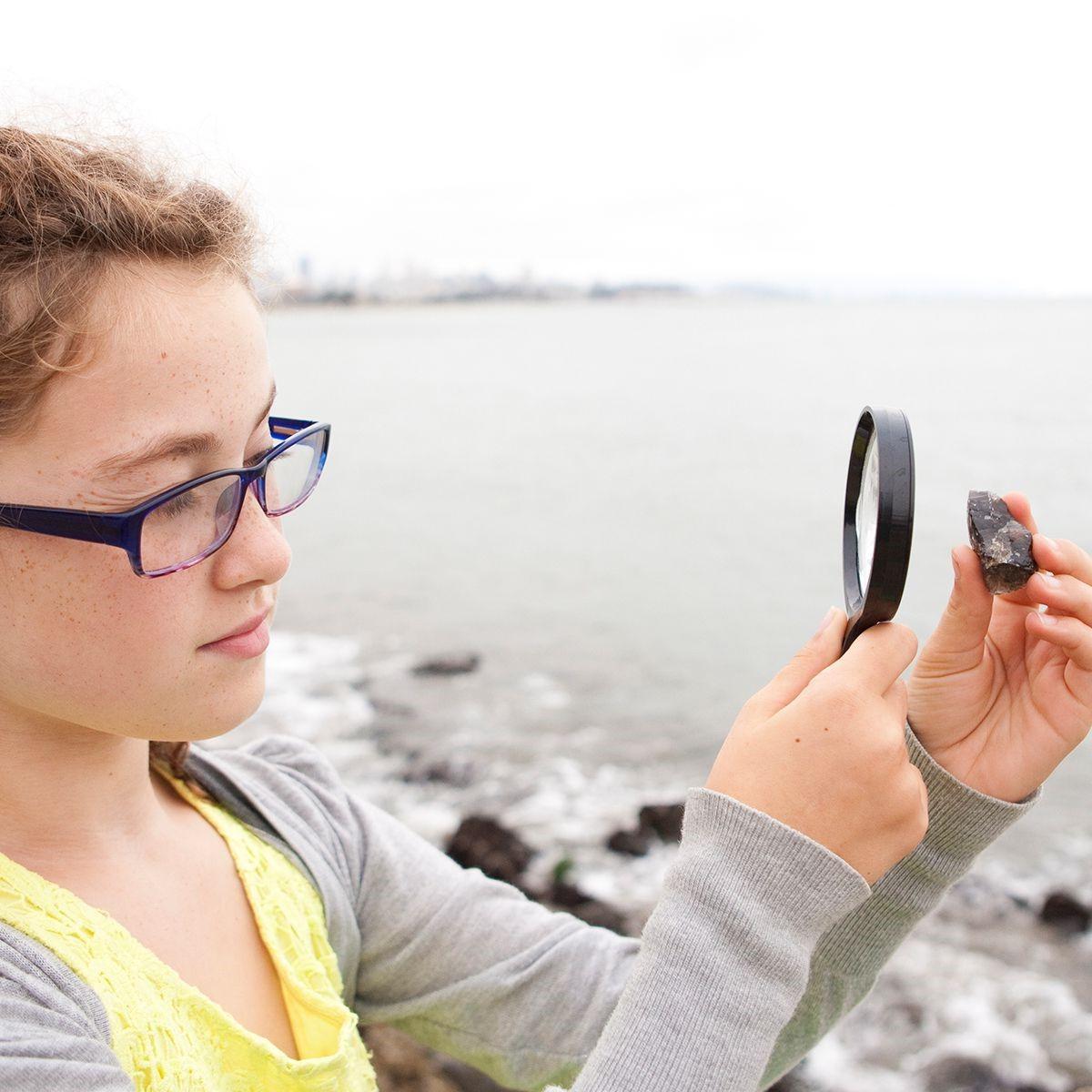Eyecare Near Me: Comprehensive and Reliable Vision Providers
Eyecare Near Me: Comprehensive and Reliable Vision Providers
Blog Article
The Function of Advanced Diagnostic Devices in Identifying Eye Disorders
In the world of ophthalmology, the utilization of sophisticated analysis devices has actually revolutionized the early identification and monitoring of various eye disorders. From finding refined adjustments in the optic nerve to keeping track of the progression of retinal illness, these modern technologies play a crucial role in enhancing the precision and effectiveness of identifying eye problems. As the demand for accurate and timely diagnoses proceeds to grow, the integration of cutting-edge tools like optical comprehensibility tomography and aesthetic area testing has ended up being important in the realm of eye treatment. The detailed interplay between technology and sensory techniques not only loses light on complex pathologies but likewise opens doors to tailored treatment techniques.
Value of Early Medical Diagnosis
Early medical diagnosis plays an essential role in the reliable administration and treatment of eye conditions. Timely identification of eye conditions is essential as it permits timely intervention, potentially stopping more progression of the disease and lessening long-lasting complications. By identifying eye conditions at a very early stage, doctor can use appropriate treatment strategies tailored to the particular problem, ultimately causing far better results for people. Furthermore, very early medical diagnosis enables clients to accessibility necessary support services and sources quicker, boosting their overall quality of life.

Innovation for Finding Glaucoma
Advanced diagnostic modern technologies play a crucial role in the very early detection and surveillance of glaucoma, a leading reason of irreversible loss of sight worldwide. One more advanced tool is aesthetic area testing, which maps the sensitivity of a person's visual area, aiding to detect any kind of locations of vision loss feature of glaucoma. These advanced analysis devices make it possible for eye doctors to detect glaucoma in its very early phases, enabling for timely intervention and far better administration of the disease to avoid vision loss.
Role of Optical Comprehensibility Tomography
OCT's capacity to measure retinal nerve fiber layer thickness permits for exact and objective dimensions, helping in the very early discovery of glaucoma even prior to visual area flaws emerge. OCT innovation permits longitudinal monitoring of structural modifications over time, facilitating individualized treatment strategies and timely interventions to aid protect individuals' vision. The non-invasive nature of OCT imaging likewise makes it a preferred choice for checking glaucoma development, as it can be repeated frequently without causing pain to the individual. On the whole, OCT plays an important duty in enhancing the analysis precision and administration of glaucoma, ultimately adding to much better outcomes for people at danger of vision loss.
Enhancing Medical Diagnosis With Visual Area Screening
A crucial component in comprehensive ophthalmic assessments, visual field testing plays a pivotal role in enhancing the diagnostic process for various eye disorders. By assessing the full extent of a client's visual field, this examination offers critical details concerning the useful stability of the whole visual pathway, from the retina to the visual cortex.
Aesthetic area screening is especially important in the diagnosis and management of conditions such as glaucoma, optic nerve disorders, and various neurological conditions that can influence vision. With quantitative measurements of outer and main vision, medical professionals can find subtle changes that may show the existence or progression of these problems, even before recognizable signs and symptoms happen.
Additionally, aesthetic area testing permits for the tracking of treatment efficiency, assisting ophthalmologists tailor therapeutic treatments to individual people. eyecare near me. By tracking modifications in visual area performance gradually, doctor can make enlightened decisions concerning changing medications, suggesting surgical treatments, or executing various other proper measures to protect or improve an individual's visual function
Handling Macular Deterioration

Final Thought
Finally, progressed analysis devices play a critical role in identifying eye disorders early. Technologies such as Optical Comprehensibility Tomography and aesthetic area screening have considerably enhanced the precision and effectiveness of identifying conditions like glaucoma and macular degeneration. Early discovery permits for prompt treatment and administration of these conditions, ultimately causing better outcomes for people. It is essential for medical care specialists to remain updated on these developments to offer the most effective feasible look after their clients. eyecare near me.
Report this page